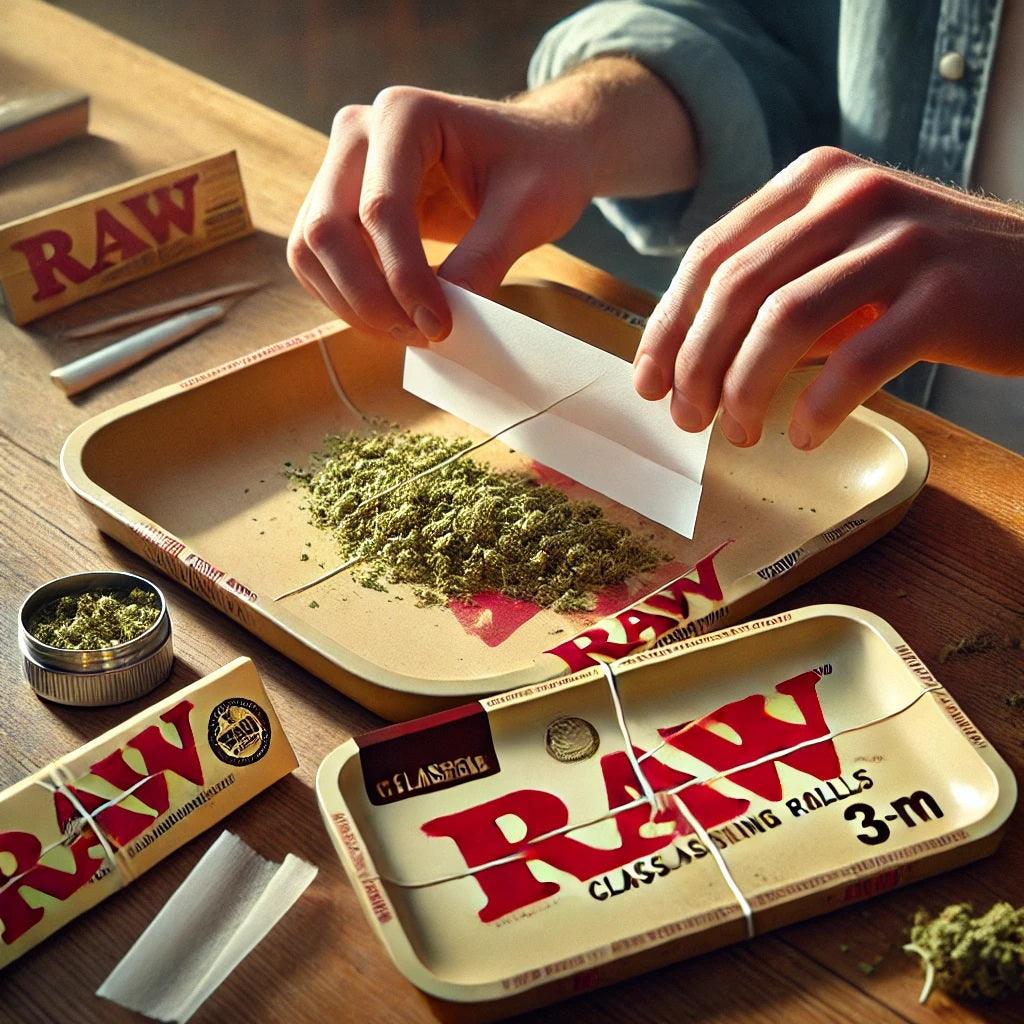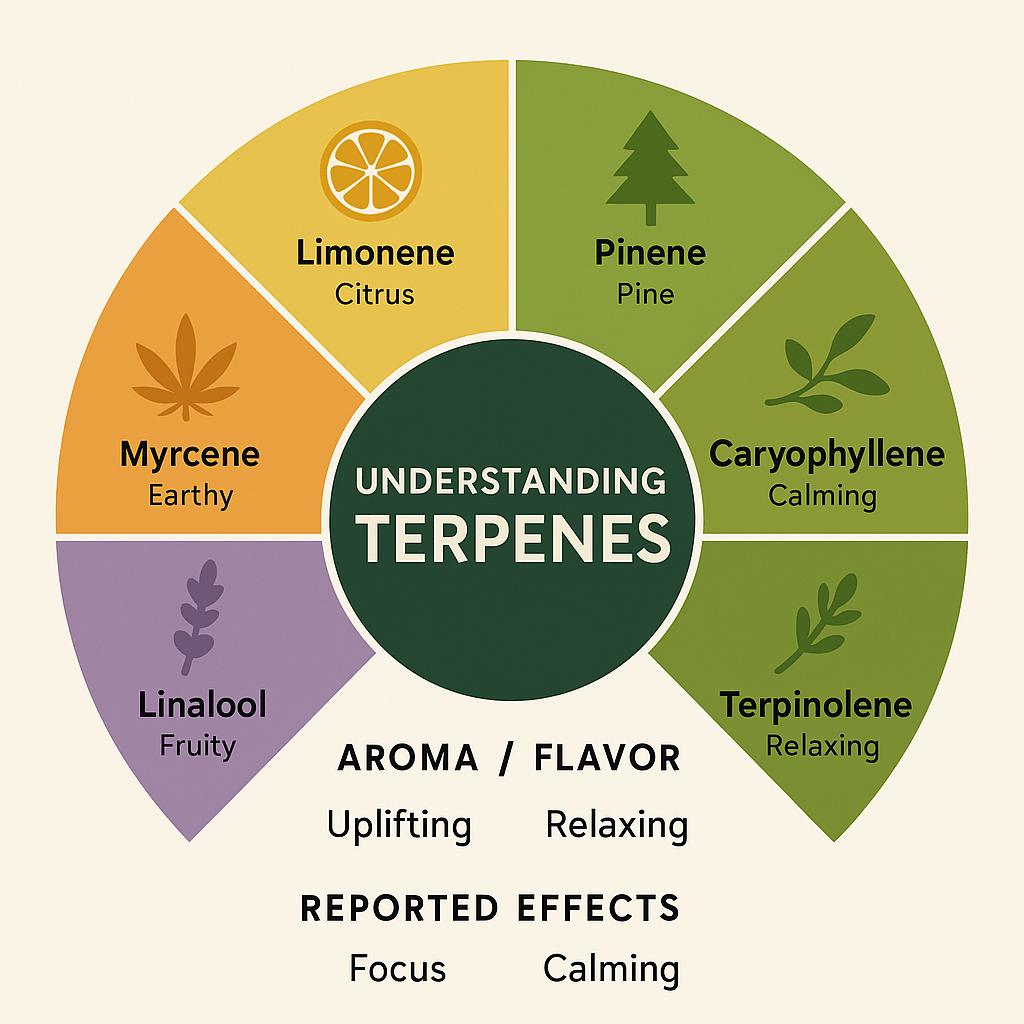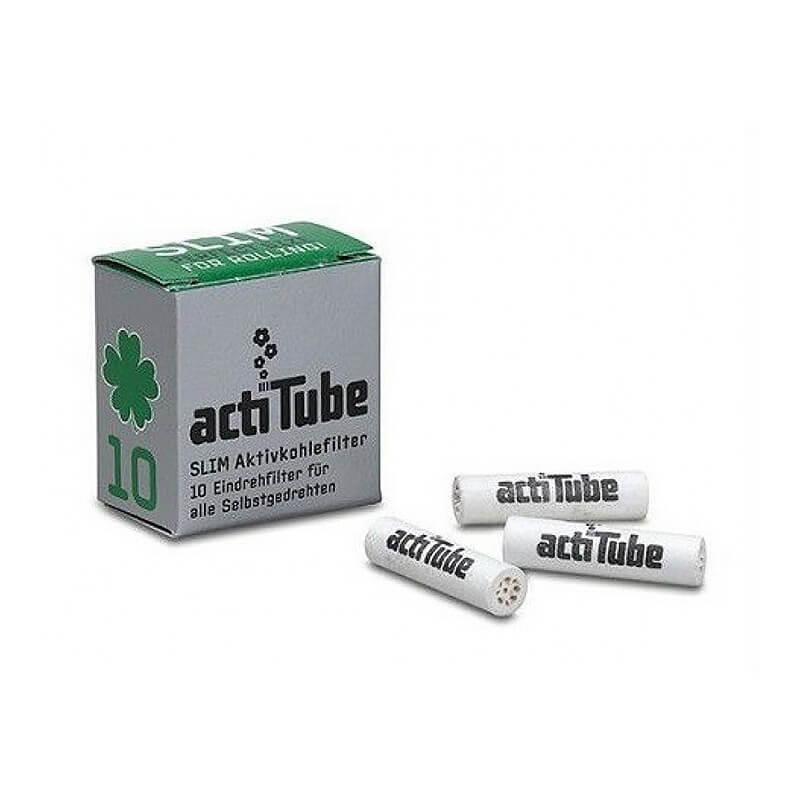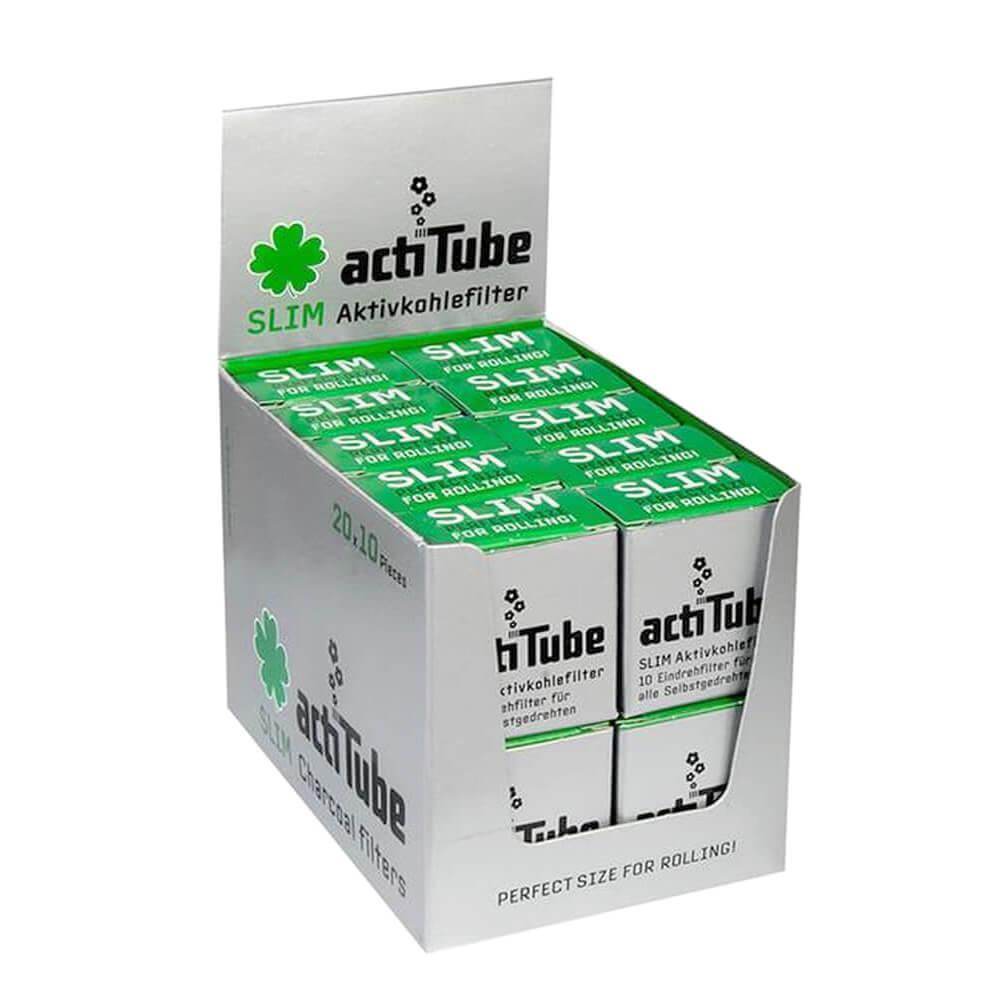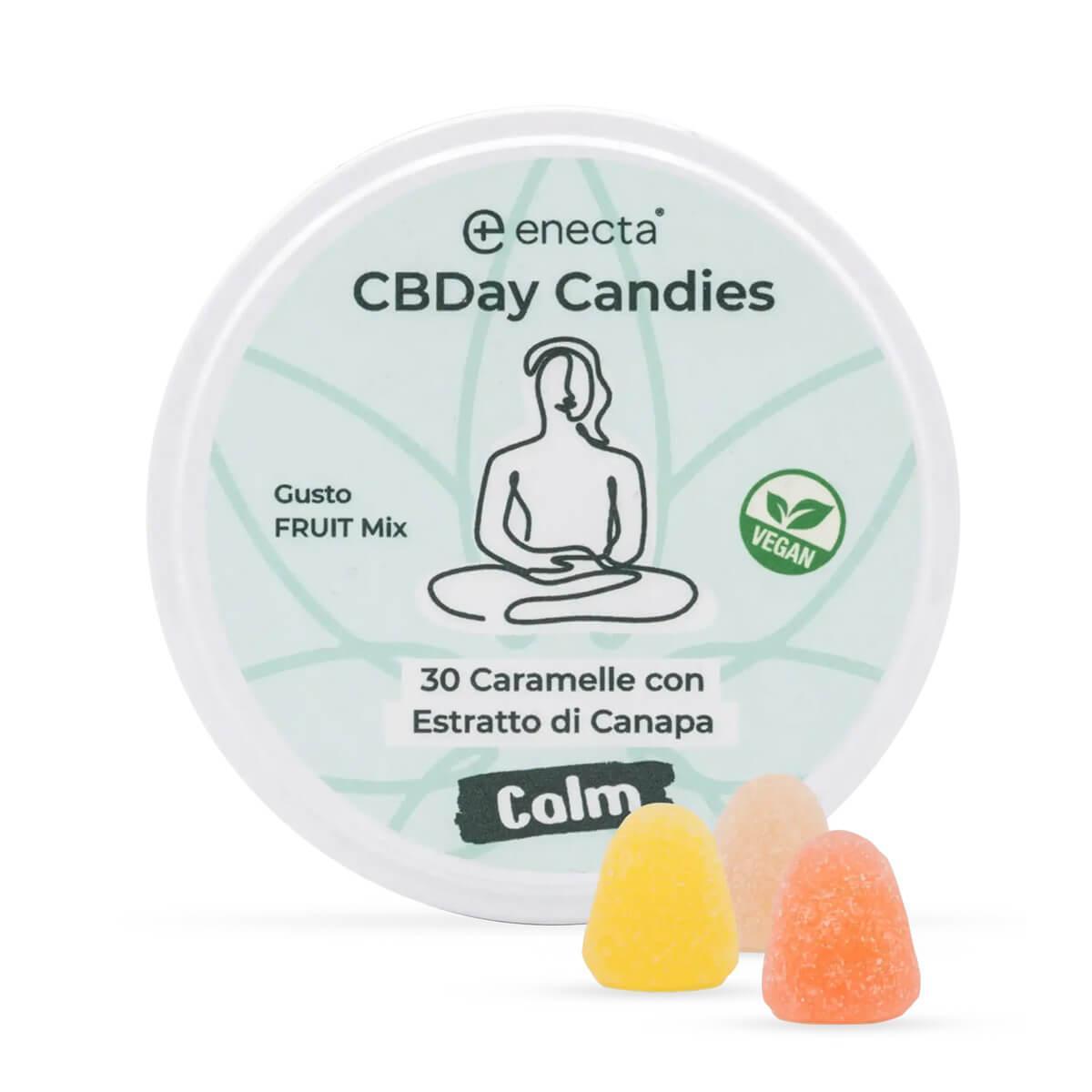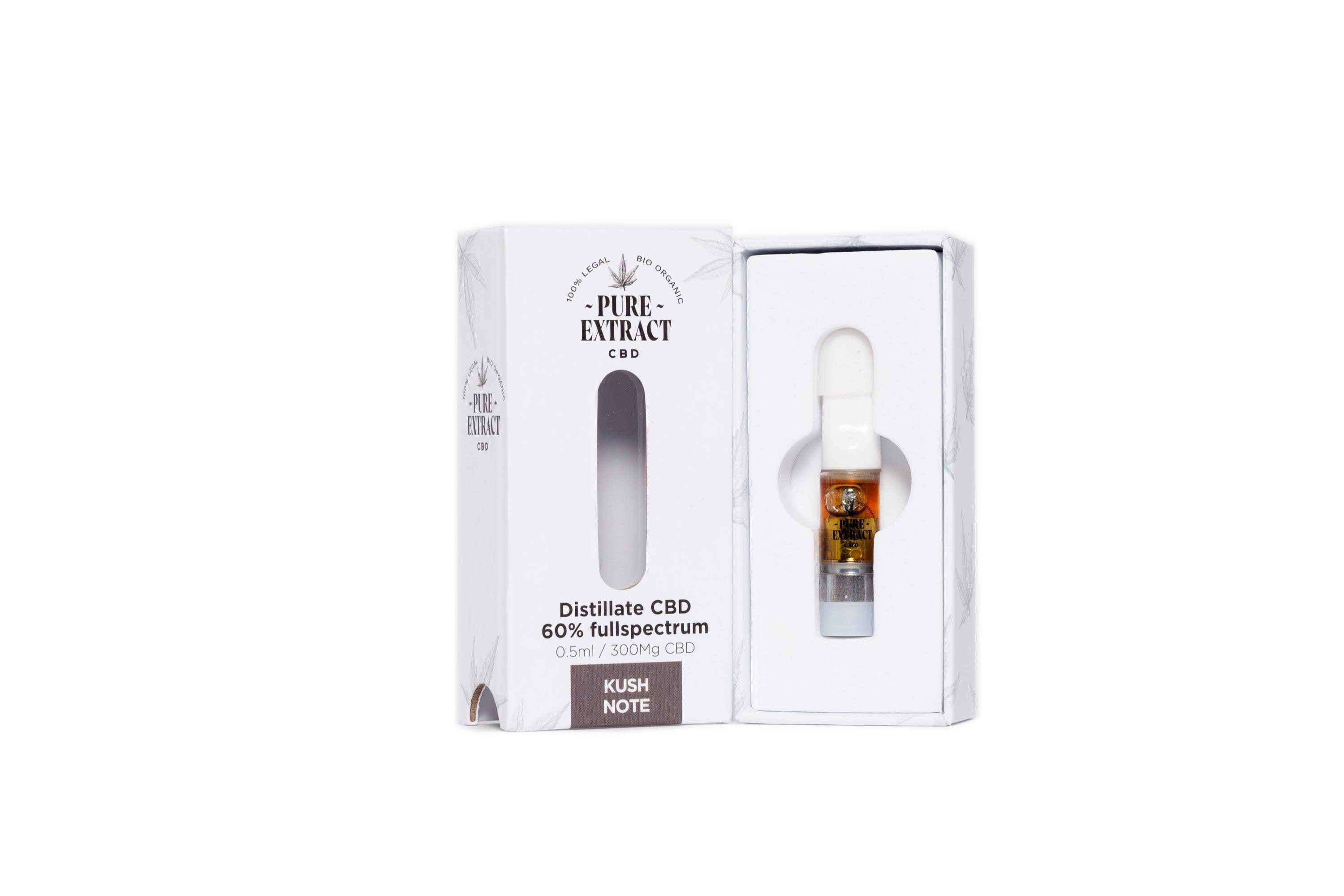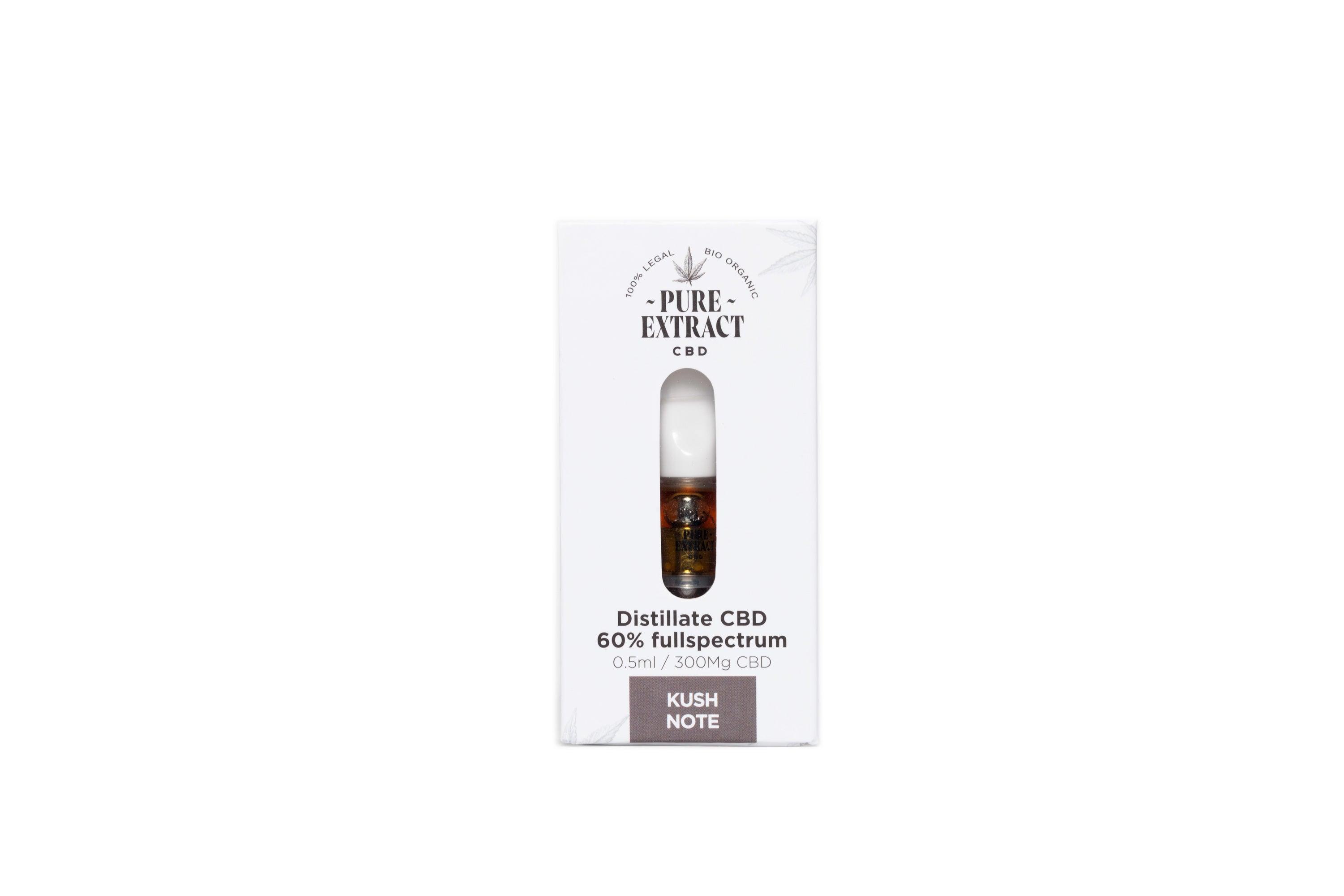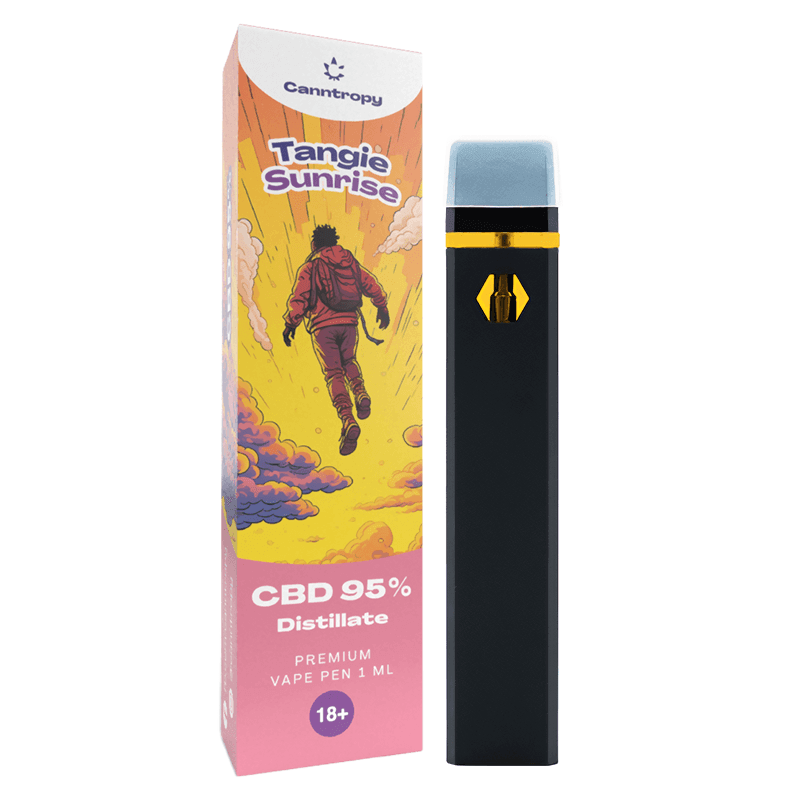Why use a dry herb vaporiser? A Question you may be asking. There are several benefits, such as avoiding harmful tars when smoking or getting the most out of your herbal medicine.
Firstly, it’s important to point out the difference s between a dry herb vape and an e-cigarette. One of the most important differences is a Dry Herb Vape uses Dry herbs, i.e. any dry leaf or flowers. While e-cigarettes uses oil usually in the form of a concentrate, E-cigarettes works by heating liquid into an aerosol, most often with the help of a device called an atomiser. While a dry herb vaporiser has a heating chamber, usually lined with a heating element (conduction) or, hot air is heated in a separate chamber then passed through the herb chamber (Convection).
Using a Dry Herb Vaporiser means no more combustion and exposure to unnecessary tars and carcinogens associated with combustion or the simple process of a smoking a joint or a cigarette. They can be used with loose-leaf tobacco and cannabis, if this is what you are looking for. When vaping loose-leaf tobacco, it is recommended to set your device to 200 °C.
Dry Herb Vaporisers can be used with any type of dried organic herbs or flowers. It is important to know what temperature to vape each herbal blend in order to release the compounds as a vapour. Some common examples include Blue lotus, Chamomile and Catnip, the first two would need a vape temperature of 100 °C to 125 °C, while Catnip can be baked in the vaporiser between 125 °C-150 °C. While any type of cannabis products are vaped between 180 °C and 220 °C. Where a lower temperature is usually recommended for a more cerebral effect and for better terpenes and flavour, and higher temperatures are recommended for more vapour production and a stronger body effect. More into this on a later post.
Aside from the versatility of Dry Herb Vaporisers, there are numerous other benefits which include but are not limited to the following;
- A Bioavailability of between 50 to 80%. When compared to other methods, this is likely the most cost-effective.
- Lower inhalation temperature s. Smoking cigarettes or joints can reach temperatures up to 900 °C. While vaping uses lower temperature s and therefore puts less strain on the oesophagus and lungs.
- Cost-effective – up to 95% of the cannabinoids are effectively inhaled in the vapour. While, due to the burning effect, cigarettes can inactivate/destroy up to 85% of the cannabinoids before it even reaches your lungs.
- Very discreet, easily mistaken for an e-cigarette
- Less smell and no more worries of looking for a lighter or hiding from the wind.
- Shorter prep time. A joint can take 3-4 minutes to prepare while a Dry Herb Vaporiser needs only 1-2 minutes i.e. to grind herb and pack chamber and wait for 30 second heat time.
|
Bioavailability of cannabis modes of consumption |
||||
|
Smoking |
Vaporisers |
Edibles |
Sublingual Tinctures |
Topicals |
|
12% (1) to 27% (2) |
Over 50% (3,4,5) |
4 to 20% |
20% |
5-10% |
References
- Sheehan, T. J., Hamnett, H. J., Beasley, R., & Fitzmaurice, P. S. (2018). Chemical and physical variations of cannabis smoke from a variety of cannabis samples in New Zealand. Forensic Sciences Research, 1-11.
- Hädener, M., Vieten, S., Weinmann, W., & Mahler, H. (2019). A preliminary investigation of lung availability of cannabinoids by smoking marijuana or dabbing BHO and decarboxylation rate of THC-and CBD-acids. Forensic Science International, 295, 207-212.
- https://mcanz.org.nz/using-a-vaporiser-for-medicinal-cannabis-what-why-and-how/
- Hazekamp, A., Ruhaak, R., Zuurman, L., van Gerven, J., & Verpoorte, R. (2006). Evaluation of a vaporizing device (Volcano®) for the pulmonary administration of tetrahydrocannabinol. Journal of Pharmaceutical Sciences, 95(6), 1308-1317.
- Lanz, C., Mattsson, J., Soydaner, U., & Brenneisen, R. (2016). Medicinal cannabis: in vitro validation of vaporizers for the smoke-free inhalation of cannabis. PLoS One, 11(1), e0147286.



